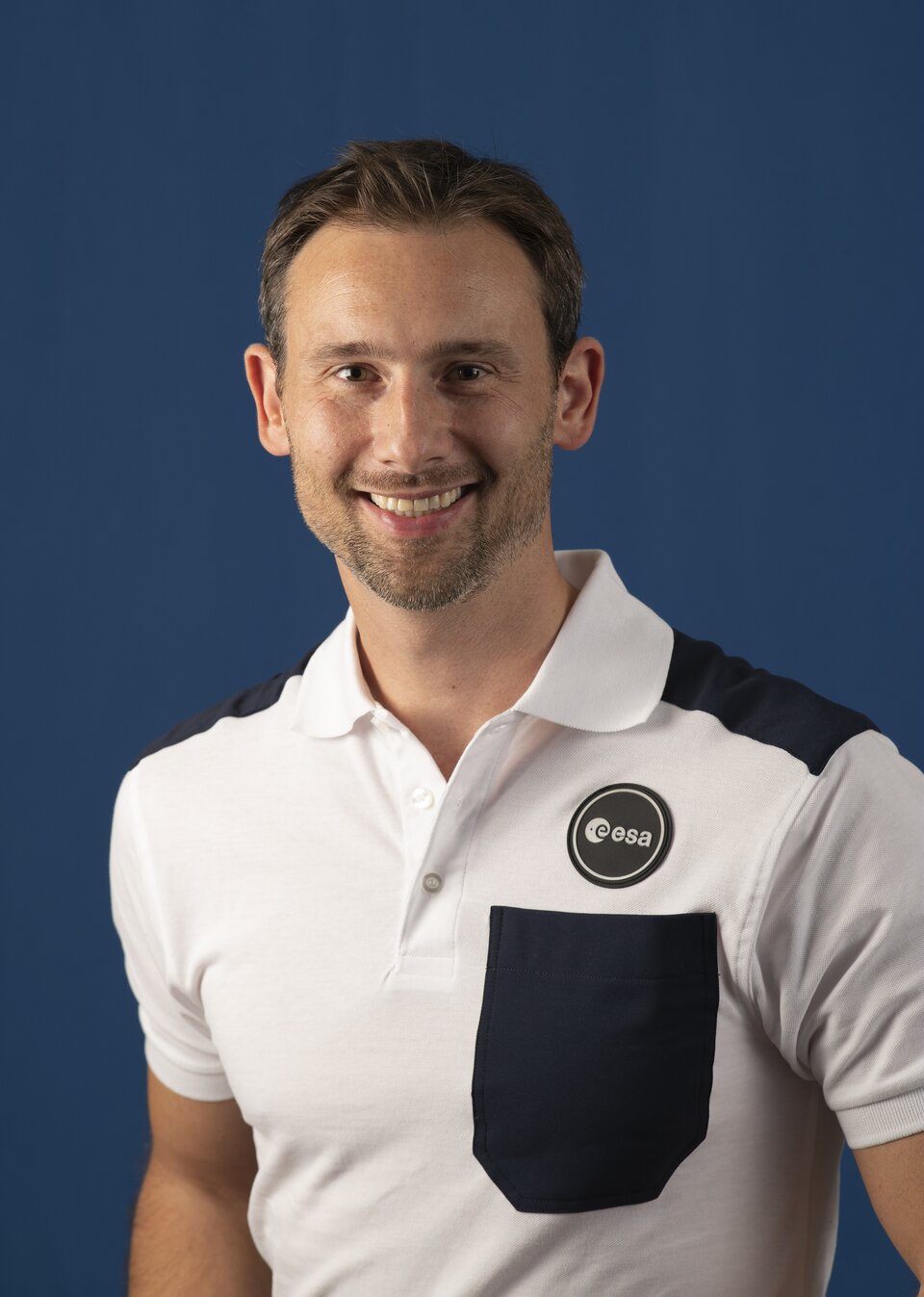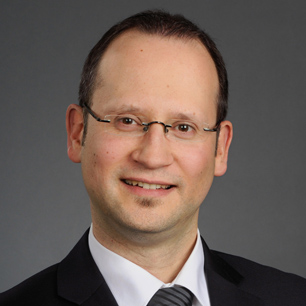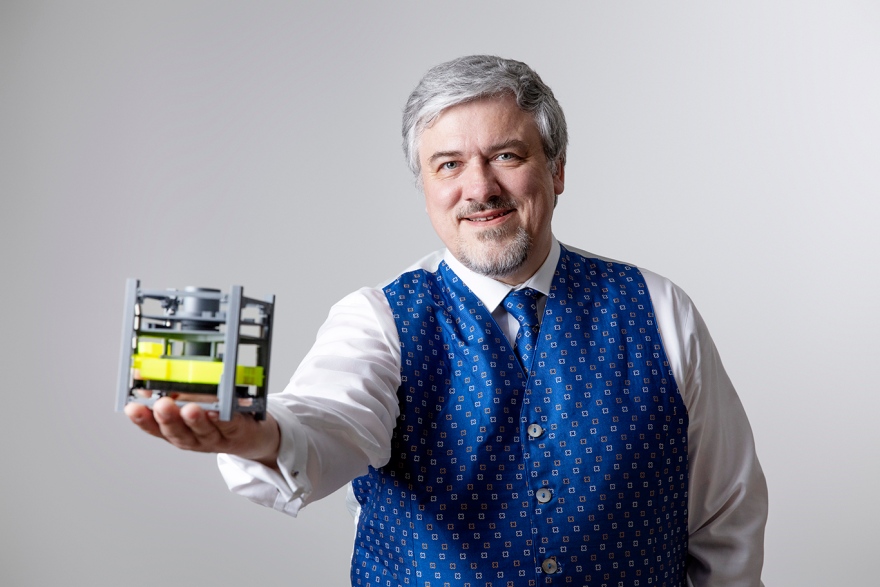Our speakers
Our speakers

KEYNOTE: Sławosz Uznański
Slawosz Uznanski ESA Astronaut Reserve is a Polish scientist and electronics engineer currently working at the European Organization for Nuclear Research (CERN). His research focuses on the design and realisation of reliable electronic systems and operating complex scientific machines including the Large Hadron Collider (LHC) at CERN. One of his most notable projects in this domain was the creation of a radiation-tolerant power converter control system which has been a core part of the LHC since 2017. Slawosz grew up in Lodz, Poland where he received his M.Sc. from the Technical University of Lodz, Poland in 2008 (with honours). Slawosz then moved to France to continue his studies, achieving an M.Sc. from Université de Nantes, France in 2008, Diplôme d’Ingénieur from Polytech’Nantes, France in 2008 and subsequent Ph.D. from the University of Aix-Marseille, France in 2011 (with honours). Slawosz’s experience includes: ● Working as the Engineer in Charge of the LHC being responsible for the day-to-day 24/7 operations of the CERN’s largest accelerator and assuring its optimum exploitation (2018, 2021). ● Serving as a technical expert, reviewer, and evaluator for Horizon 2020 reviewing European space technologies for the Research Executive Agency (REA) at the European Commission (2019). ● Working as a Radiation Effects Engineer at STMicroelectronics focusing on the next European radiation-tolerant and radiation-hardened digital CMOS technologies for space applications (2008-2011). Slawosz has authored a book on single-event effect modelling and co-authored over 50 articles in IEEE journals and conferences. Slawosz’s interests have always been closely related to space applications. He lectured on space system designs for international schools of engineers (SERESSA 2014, 2021) and organized workshops between CERN and NASA as well as workshops for the private sector. Slawosz has reviewed multiple commercial space satellite projects such as the ICEYE constellation as well as Polish space missions like PW-SAT2, HyperSat and EagleEye. On his days off, Slawosz is outside testing his limits on high-altitude mountaineering expeditions, travelling to remote places or on a sailing boat enjoying time with friends, sharing his sailing experience or taking part in competitive regattas.

KEYNOTE: Jean-Pierre de Vera
Jean-Pierre de Vera studied chemistry, botany, microbiology and geology at Heinrich Heine University in Düsseldorf and earned his doctorate in biology. He became enthusiastic about space travel at the age of 8 and was all the more delighted to come into contact with DLR during his doctoral studies. For the first time, he was able to test organisms from alpine permafrost under simulated space conditions at the Institute of Aerospace Medicine in the Department of Radiation Biology in Cologne. After completing his doctorate, he remained associated with DLR during various research stays in Italy, England and Spain. During this time, he already participated in various space experiments such as BIOPAN 6 on the FOTON M3 satellite and LIFE on the EXPOSE-E exposure platform on the Columbus module of the ISS as a co-investigator. In 2009, he joined DLR at the Institute of Planetary Research in Berlin as part of the Helmholtz Alliance "Planetary Evolution and Life", where he worked as Topic Leader on the physics of water on other planets and its relevance for life. At the same time he took over the leadership of the Mars Simulation Laboratory from Prof. Dr. Möhlmann. In 2009/10 he participated in the first Antarctic expedition GANOVEX 10, where he collected samples for the ESA space experiment BIOMEX, which he also leads as chief scientist since 2010. BIOMEX launched into space on a Soyuz rocket on July 24, 2014 with an abundance of biological samples and was mounted on the outside of the Russian Zvezda module on EXPOSE-R2 with the help of two outboard deployments by Russian cosmonauts.After successful space exposure, these samples will return to the laboratories of his international collaborators as well as to his laboratory for further study in 2016. Currently, Jean-Pierre de Vera and his international colleagues are preparing a new ESA space experiment called BIOSIGN, which will simulate the environmental conditions of Mars and the icy moons of Jupiter and Saturn in near-Earth orbit. To do this, he needs new samples from the deep ocean and also new samples from Antarctica. He will collect the samples during the GANOVEX 11 expedition (2015/16) led by BGR in Antarctica. The deep-sea samples will be contributed by GEOMAR as part of the Helmholtz Alliance ROBEX.

KEYNOTE: Rene Laufer
René Laufer, born in Berlin, Germany in 1968, defended his dissertation in 2009 from the University of Stuttgart on a concept for an expedition to the moon with small satellites. He has taught on five continents: South America, North America, Africa, Asia and Europe. The most exciting collaborations he has made at all the institutions he has worked at are working with those who are taking the first steps into space. René Laufer lives and breathes his research even in his spare time, but is also interested in skiing and motorcycles.